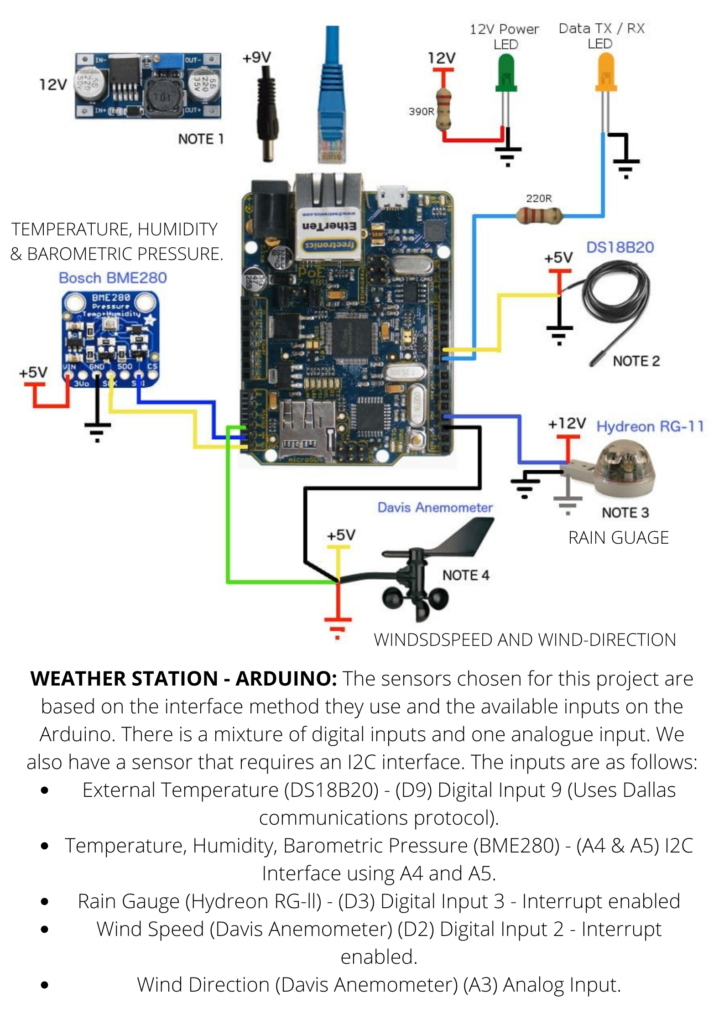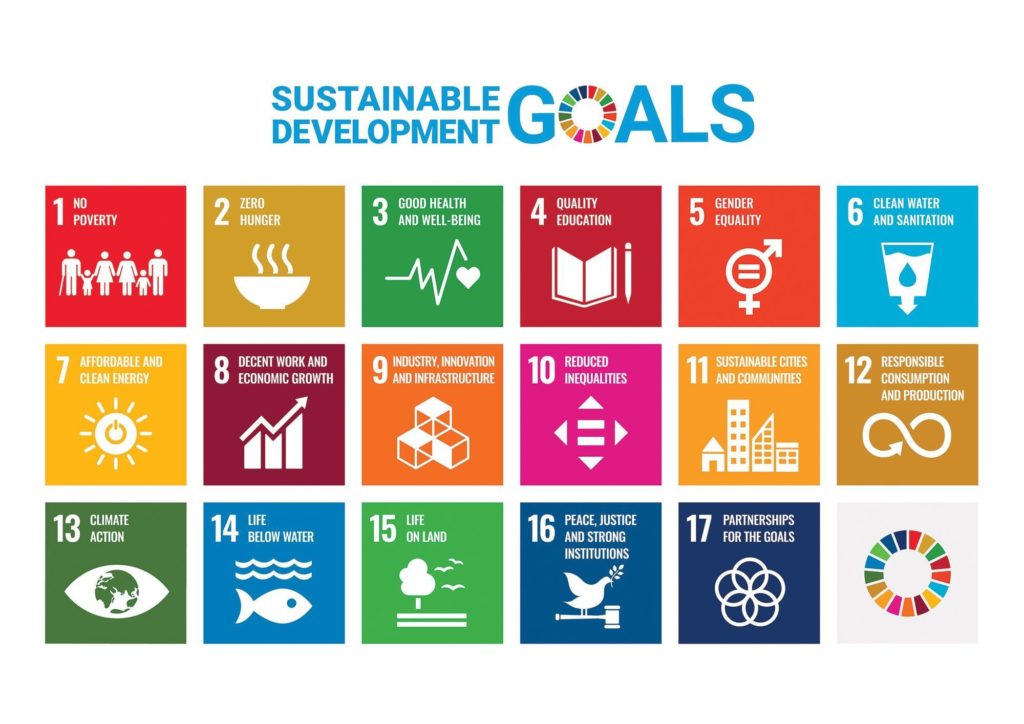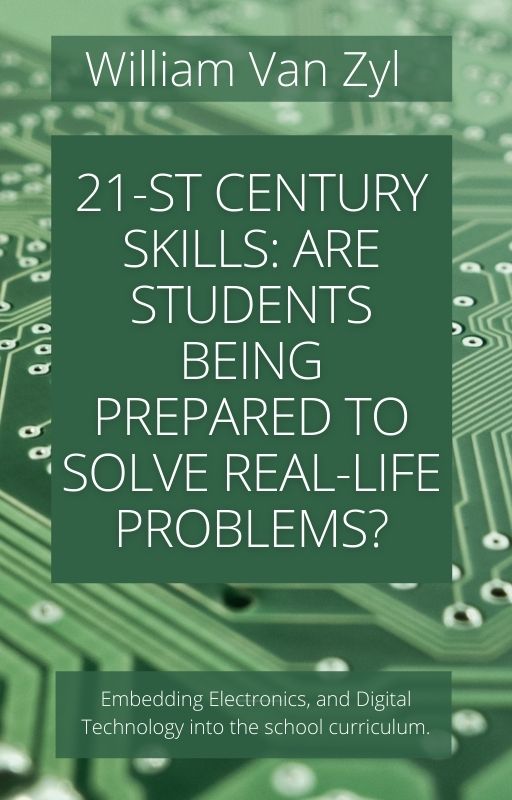
Table of Contents
By William Van Zyl (Published March 2022).
Abstract:
One of the most important questions you can ask educators is ‘Are you preparing students for the 21-st century?’ From research, we know what those critical aspects are: Students should be able to be critical thinkers, able to find creative solutions, able to do extensive collaboration, and have the skill to solve real-life problems (World Economic Forum, n.d.). These are the four skills surfacing at the top of the list. There are more. In this article, the author – and teacher – endeavours to answer this critical question by looking at intervention in his teaching practice. He explains how he implemented the Arduino Uno (kit sets that include over a hundred different parts) – with breakout breadboards – into his lessons. The embedding of sensors and other compatible components are used to solve real-world problems. After implementing the Arduino Uno in class (secondary school), the author calls for:
‘More practical experience is required – it generates a deeper understanding. I recommend extending these digital components into all our subject areas; more practical lessons (building circuits, soldering, and coding) should be in our planning. And, including the Sustainable Development Goals (SDG’s), as an additional layer, into lessons’
*Don’t have time to read the full article? Go to the conclusion at the end to read the summary in 5 short paragraphs.
Visionary Ken Robinson:
Robinson (2010), an academic from the UK, author, and international advisor on educational matters has been criticising the UK’s education system – and the world – by asking those tough questions.
“Should we reconsider the typical system that evolved from the Industrial Revolution and the Enlightenment?”
At the end of this article – as an experienced secondary school teacher, I will discuss an intervention of my own – a transformative design – to prepare my students for the 21-st century. The intervention includes the introduction of the Arduino Uno kit set in class. See the images of the Arduino weather station and the laser sensor below. Also, see my comment in the conclusion about changes to my own practice to develop students’ 21-st century skills.

The next video is a short and compact summary of Robinson’s views and recommendations.
Video: Sir Ken Robinson – Are schools killing creativity?
ABOUT THIS FAMOUS VIDEO: This RSA Animate was adapted from a talk given at the RSA by Sir Ken Robinson (2010), world-renowned education and creativity expert and recipient of the RSA’s Benjamin Franklin award. The RSA is a 258-year-old charity devoted to driving social progress and spreading world-changing ideas.
Here is a short summary of the question Ken Robinson asks:
- “Are we producing students – just like in a factory – where the process is producing students assembled on a conveyor belt? In classes, selecting specific subjects, and answering the questions correctly, will guarantee a certificate which would lead to a paid job. Would it?
- “Are our educating systems preparing students for the 21st-century?”
- “Are the system of delivering education to students with questions and then placing answers in the back of the book the best way to deliver a curriculum?”
- “Not much has changed around schools in the last 100 to 70 years. We live in a time where students receive an overload of stimulation and knowledge via digital technology and collaboration challenges. With knowledge everywhere and easy to access, shouldn’t we focus on the skills identified as 21st Century skills?”
- “Are the result of the increase in technological advancement the rise of the attention Deficit Disorder ADHD? Are we medicating ADHD students to death with Ritalin?”
The consensus among different organisations on the framework for 21st-century skills.
We have already completed 20% of the 21st century. Should we still talk about planning for this century? However, it is still relevant because it reflects dimensions of human competence (US National Research Council).
There is no consensus among academic, education, and business organisations. Everyone identifies the skill they think are necessary for individuals for the future. The best is to find the most common ones and those that overlap. It is best to focus on those skills that are mentioned consistently. Many skills frameworks seem to converge on a common set of 21st-century skills. Parsons (2021) identifies the following as the most common skills:
Collaboration., Communication, ICT literacy, and Social and/or cultural competencies, including citizenship.
Most frameworks also mention creativity, critical thinking, and problem-solving.
The World Economic Forum’s new vision for Education (2015):
The following two diagrams show the new vision. The third diagram shows the jobs needed for 2015 compared to 2020. See the contrast; the shift is clear.



Essential competencies needed for the future.
Southwest Charlotte STEM Academy has identified 4 critical competencies. Here are 4 four necessary competencies illustrated.

How can we prepare students for the 21-st century?
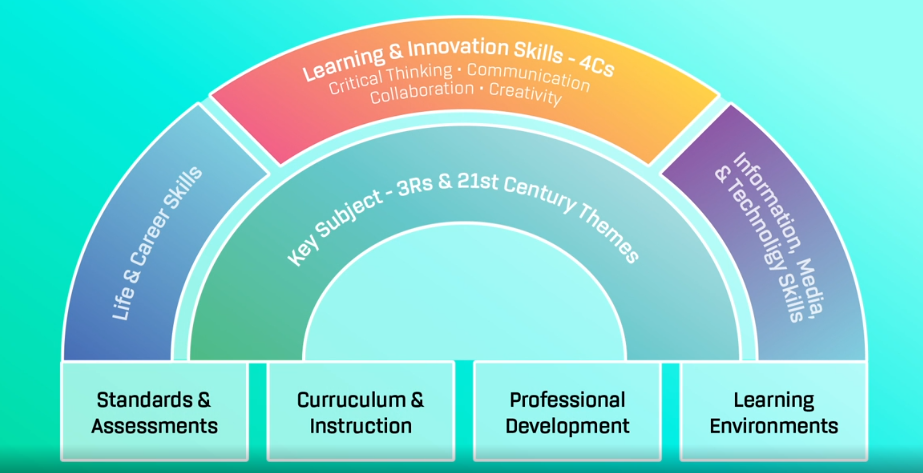
https://www.oecd.org/site/educeri21st/40756908.pdf
Conclusion:
It is clear that Education leaders – around the world – should re-think their systems. To what extent have leaders successfully changed their approaches and their educational design for the 21-st century?
I have reflected on my own practice as a school teacher, and I have made some significant changes. For example, I have introduced the Arduino Uno Improved Kitsets to my classes. See the kitset below.
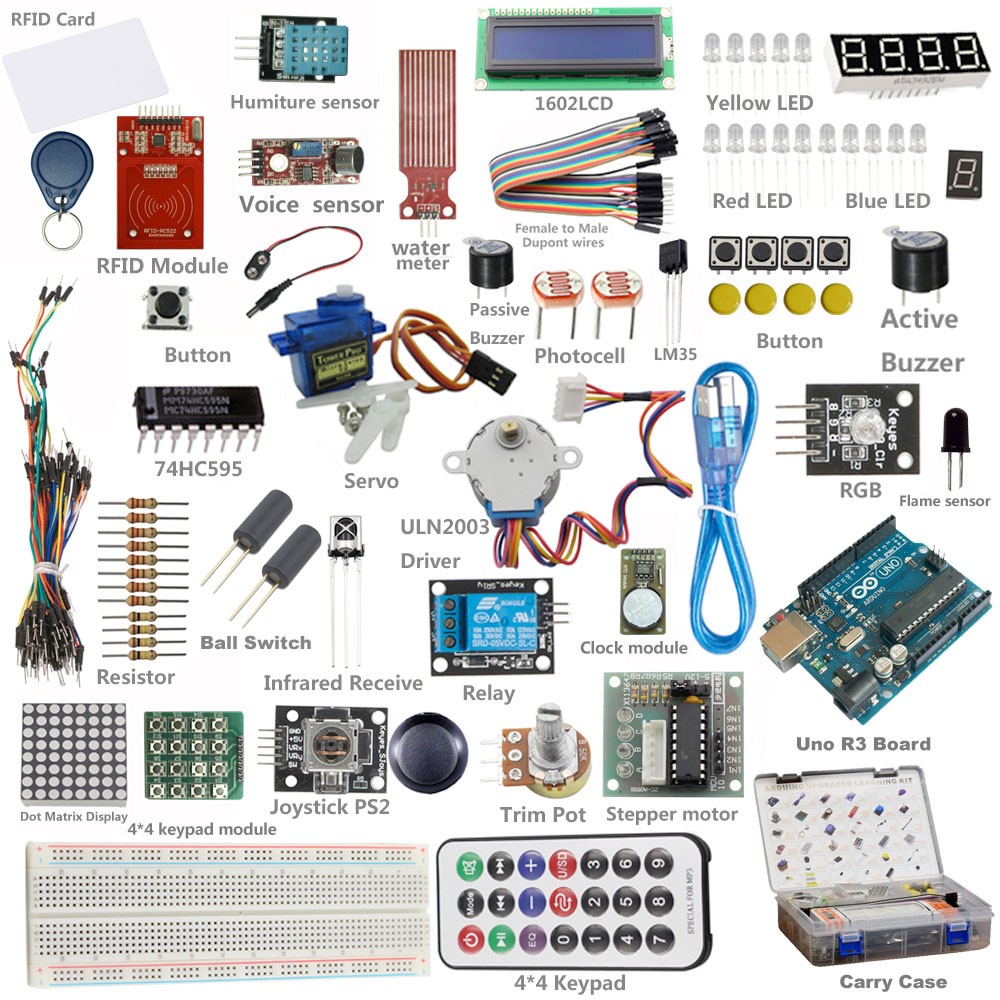
After students familiarise themselves with the kitsets, they’re asked to identify a real-life problem. They embed a sustainable development goal into the problem they are targeting. They are then asked to collaborate with classmates, teachers, parents, and experts. Students then build a circuit with the Arduino (breakout breadboards – electronics) to solve their problem. Everything they need is in the kitset. Assembling the circuit on the breadboard and coding the Arduino Uno is relatively easy; the Arduino website is brilliantly designed to make everything easy for beginners. Visit the Arduino Project Hub for inspiration. The code can be copied and pasted from the library – easy! Once students get used to the code (C++) and the electronic systems, they will be confident to tackle more complex challenges and write their own code. You don’t need to write code. You can find codes on the Arduino website and library – all that is required is to tweak the copied code. This is a great way to get students to read and understand code. In my experience, not every student loves coding.
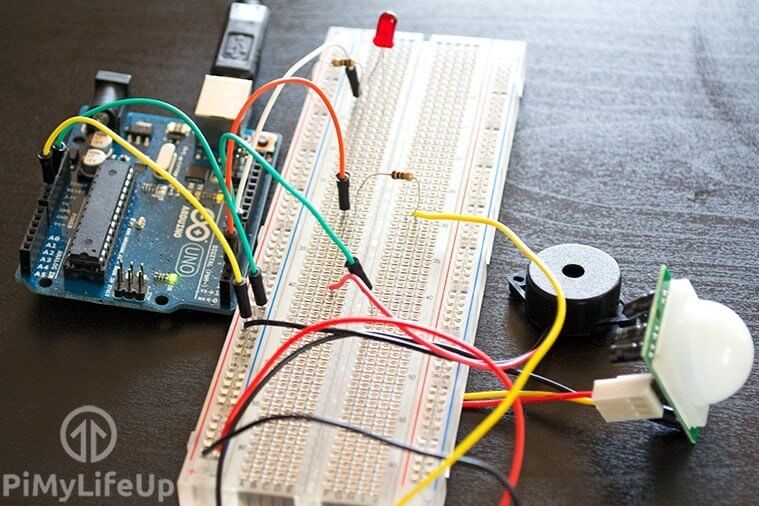
They also have to identify one or more of the 17 Sustainable Development Goals (United Nations).
Once students have developed their solutions – and doing extensive collaboration – they present their solutions. It includes research, brainstorming diagrams, electronic schematic diagrams, a diary documenting collaboration, iterations (improvements), prototype, final design, and evaluation.
Should we invest in more digital and electronic kit sets in all classrooms? For example, introduce more digital scaffolding and microprocessors like Microbits, Arduino Uno’s, and Raspberry Pis. We have to be creative and innovative and embed these digital components and platforms into our subject and learning areas. More practical experience is required – it generates a deeper understanding. I recommend extending these digital components into all our subject areas; more practical lessons (building circuits, soldering, and coding) should be in our planning. And, including the Sustainable Development Goals (SDG’s), as an additional layer, into lessons’ The focus should be on solving real-life problems. Also, business and entrepreneurial skills should be linked to these areas. For example, creating products and Apps. A collaborative, integrative approach – amongst teachers and students – is paramount for change and delivering a 21-st century curriculum.
Citing this article:
Van Zyl, W.N. (2022, March 21). 21-st Century Skills: Are students being prepared to solve real-life problems? Five House Publishing. Link: https://fivehousepublishing.com/2022/03/21/21-st-century-skills-are-students-being-prepared-to-solve-real-life-problems/
References:
Fadel, C. (2008). 21st Century Skills: How can you prepare students for the new Global Economy? Partnership for 21st Century Skills.https://www.oecd.org/site/educeri21st/40756908.pdf
Global Partnership for Education (2020). UNESCO. 21st Century Skills: What potential role for the Global Partnership for Education? A Landscape Review. https://www.globalpartnership.org/sites/default/files/document/file/2020-01-GPE-21-century-skills-report.pdf
OECD (Organisation for Economic Co-operation and Development) (n.d.). “The Future of Education and Skills.” Last modified 2018.
Prensky, M. (2007). Changing Paradigms from “being taught” to “learning on your own with guidance.” Published in Educational Technology, July-Aug, 2007. http://hibgroupbpr.pbworks.com/f/Prensy’s+Changing+Paradigms.pdf
Parsons, D. (2021). 21st Century Skills Frameworks [Video]. Uploaded in July 2021 by The Mindlab (UNITEC – New Zealand).
Robinson, K. (2010, October 14). RSA ANIMATE: Changing Education Paradigms [Video]. YouTube. https://youtu.be/zDZFcDGpL4U
Southwest Charlotte STEM Academy (SCSA) (n.d.). https://scstemacademy.org/4-cs-of-21st-century-skills/
World Economic Forum (n.d.). https://www.weforum.org/agenda/2016/03/21st-century-skills-future-jobs-students/ *Can filter website from 2005 to 2021.
Copyright © 2022 by William Van Zyl
21-st Century Skills: Are students being prepared to solve real-life problems?
All rights reserved. This book or any portion
thereof may not be reproduced or used in any manner
whatsoever without the express written permission of the
publisher except for the use of brief quotations in a book review.
Published by Five House Publishing (New Zealand)
First Publishing, 2022

More eBooks and articles are available at https://fivehousepublishing.com/
More about the author at http://williamvanzyl.com/
